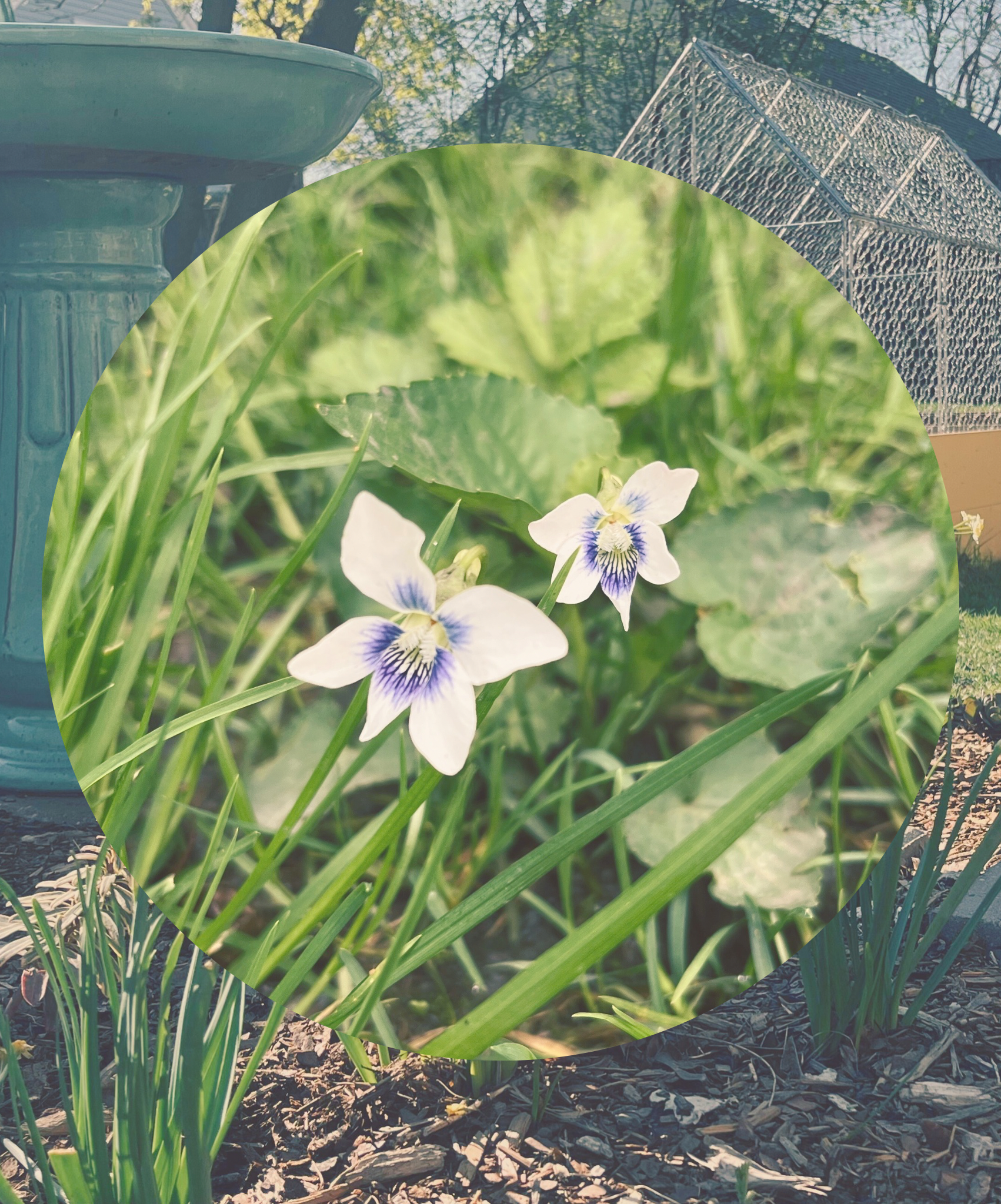Garden Experiment #1: Sowing perennial seeds nature’s way, well, close to it.
I love to sow perennials from seed. The sheer thrill of perennial seeds popping up is not easily surpassed. It means I got everything right: enough water, enough light, just-right temperate, right timing, right planting depth, etc. As you can imagine from all these factors, perennials can be tricky. With many perennials, we are trying to mimic nature - not easily done. These plants have adapted to certain conditions that trigger seed germination. Typically, an adult perennial flower will set seed, drop the seeds, then they’ll either germinate immediately, or they’ll go dormant until they experience just the right conditions. Sometimes they can wait years or decades. They could wait this long simply because they aren’t getting enough sun. Then, seemingly by magic, they’ll pop up when the gardener clears the bed one year.
So how do know what those conditions are and how do we get them? The good thing is that the seed packet will guide you. The bad thing is that the seed packet is not always right, or there’s another way to do it. That’s why I try multiple different methods. I always fall back on my gardening mantra, “it’s all an experiment.” If we get too precious about our gardens, its so easy to get frustrated and give up. But “it’s all an experiment” gives us permission for our hypotheses to be wrong and our experiments to fail. But who cares? Try again.
With that, I welcome you to Garden Experiment #1. I have been gardening for almost ten years, so this is not my first experiment, just the first experiment I’m documenting for you in this blog. As you read this, if you find yourself in late September to early November and expect your winter to include cold and moisture, I encourage you to follow along, I got all these seeds at https://www.prairiemoon.com.
Below is the list of seeds I’m experimenting with. They are (almost all) native to my area and they are meant to match the various conditions in the Middle Garden (the “right plant, right place” methodology, more on that in this post). The packets all say the seeds should go through 60 days of cold moist stratification. This is to say that, in a natural setting, the seed would need to sit on the ground in cold and moist conditions (aka over winter) for at least 60 days. The packets don’t define ‘cold.’ But they say cold moist stratification (CMS) can be achieved in the fridge (see more below) and if the ideal fridge temperature range is 35-38F, then we can assume “cold” means at or below that range. My Chicago area winter will certainly provide that.
Often times, CMS can be achieved by putting the seeds on a moist paper towel or coffee filter and refrigerating them for at least 60 days. You’d check on them regularly, and change the moist paper every week or so. I plan to do this for all the seeds on my list and I’ll typically start this clock in January, which means I could transfer them to soil in cells or trays and put them outside to start germinating in about March.
I will certainly utilize this method as plan B. However, I think there’s something to be said for a seed getting to know its home from birth. That is to say, let’s do CMS, but do it outside where the plants will end up. This will be plan A, and the experiment.
Hypothesis: Certain plants will germinate in the Spring if I sow their seeds in cells or trays in October and keep them outside to experience a natural winter. If nature does it all the time, why can’t I?
Testing Method: I’ll be using the following seeds for testing:
Great Indian Plantain
Honewort
Western Knotweed
Sweet grass
Starry Campion
Columbine
Late Figwort
Flowering spurge
Royal Catchfly
Blue eyed grass
Sweet Cicely
Yellow Avens
Sanguisorba
Woodland sunflower
Purple Meadow Rue
On October 12, 2025, I sowed all these seeds. Here was my method:
A seed should be planted no deeper than double its width. Teeny tiny seeds should barely be covered.
I watered them and set the trays and cells in a protected raised bed (bottom watering is best, more on that in a future post).
When I say “protected,” it means there’s a chicken wire house covering the bed. It’ll keep away the rabbits, birds, and squirrels. Regular chicken wire or garden fabric (like this one) would work well. Rolly Polys or slugs may still pose a threat.
Since I'm mimicking nature, I’ll leave them be after that first watering. I shouldn’t need to water too much, but I will if the soil is looking too dry. Otherwise, natural temperature, precipitation, sunlight, etc should not be strangers to these seed pups.
Results Analysis? TBD. I expect we’ll know more in early spring. Let’s cross our fingers and be sure to check back in later!
As of October 30th, two types of seeds have started sprouting: Sanguisorba (left pic) and Royal Catchfly (right pic). This suggests these plants don’t need cold moist stratification to sprout. However, I’ll have to see how they fare over winter. I’m undecided on whether to put them under the protection of the greenhouse, adding a tiny bit of warmth. Or if I just leave them to their devices over winter.





